 | ||
Israe l part3 the incense route an ancient trade road
The Incense trade route or the Incense Road of Antiquity (see also the spice trade) comprised a network of major ancient land and sea trading routes linking the Mediterranean world with Eastern and Southern sources of incense, spices and other luxury goods, stretching from Mediterranean ports across the Levant and Egypt through Northeastern Africa and Arabia to India and beyond. The incense land trade from South Arabia to the Mediterranean flourished between roughly the 7th century BC to the 2nd century AD. The Incense Route served as a channel for the trading of goods such as Arabian frankincense and myrrh; Indian spices, precious stones, pearls, ebony, silk and fine textiles; and the Horn of African rare woods, feathers, animal skins, Somali frankincense, and gold.
Contents
- Israe l part3 the incense route an ancient trade road
- Incense route
- Early history
- Land routes
- Greco Roman bypassing of land routes
- Decline
- Present status
- References

Incense route
Early history
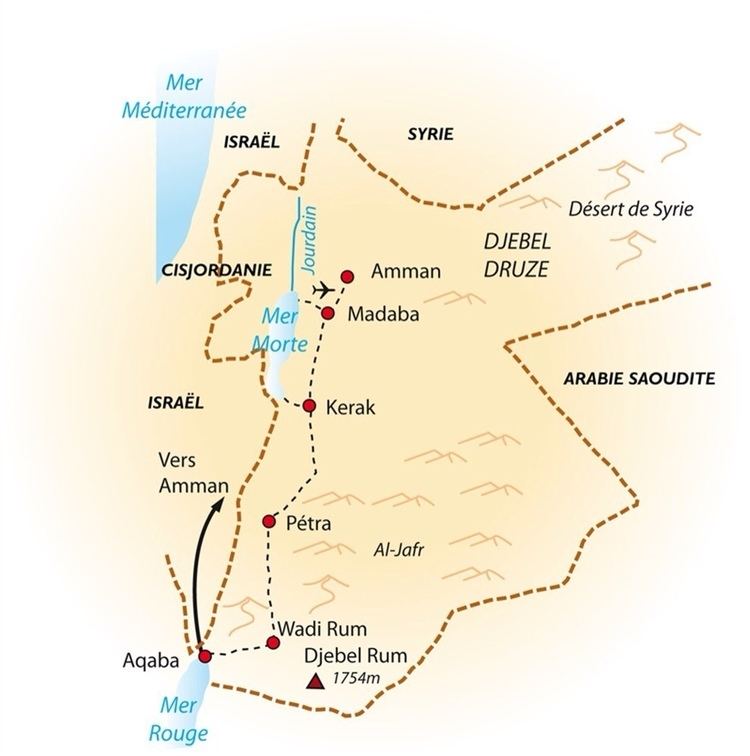
The Egyptians had traded in the Red Sea, importing spices, gold and exotic wood from the "Land of Punt" and from Arabia. Indian goods were brought in Arabian and Indian vessels to Aden. Rawlinson identifies the long-debated "ships of Tarshish," as a Tyrian fleet equipped at Ezion-Geber that made several trading voyages to the east bringing back gold, silver, ivory and precious stones. These goods were transshipped at the port of Ophir.
According to one historian:
Land routes
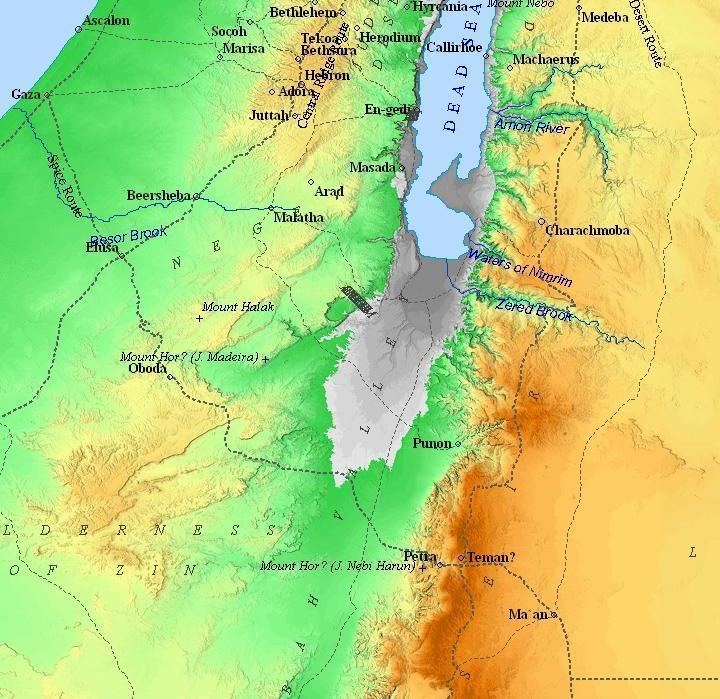
Among the most important trading points of the Incense Route from the Persian Gulf to the Mediterranean Sea was Gerrha in the Persian Gulf, reported by the historian Strabo to have been founded by Babylonian exiles as a Chaldean colony. Gerrha exercised influence over the incense trade routes across Arabia to the Mediterranean and controlled the aromatics trade to Babylon in the 1st century BC. Gerrha was one of the important entry ports for goods shipped from India.
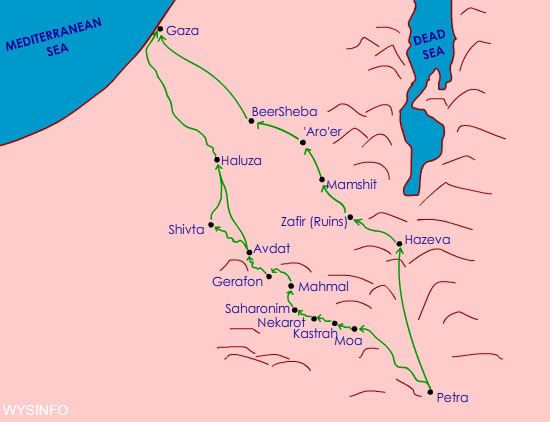
Due to its prominent position in the incense trade, Yemen attracted settlers from the fertile crescent. The frankincense and myrrh trees were crucial to the economy of Yemen and were recognized as a source of wealth by its rulers.
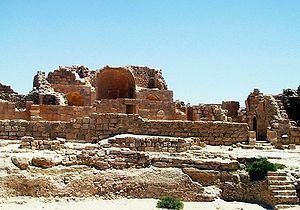
Assyrian documents indicate that Tiglath-Pileser III advanced through Phoenicia to Gaza. Gaza was eventually sacked and the ruler of Gaza escaped to Egypt but later continued to act as a vassal administrator. The motive behind the attack was to gain control of the South Arabian incense trade which had prospered along the region.
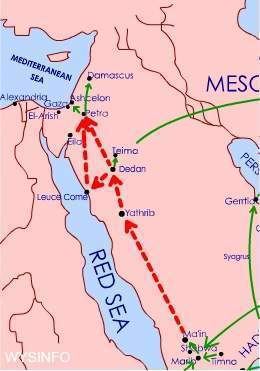
I.E.S. Edwards connects the Syro-Ephraimite War to the desire of the Israelites and the Aramaeans to control the northern end of the Incense route, which ran up from Southern Arabia and could be tapped by commanding Transjordan. Archaeological inscriptions also speak of booty retrieved from the land of the mu-u-na-a-a, possibly Meunites mentioned in the Old Testament. Some scholars identify this group as the Minaeans of South Arabia, who were involved with the incense trade and occupied the northern trading outposts of the Incense Route.
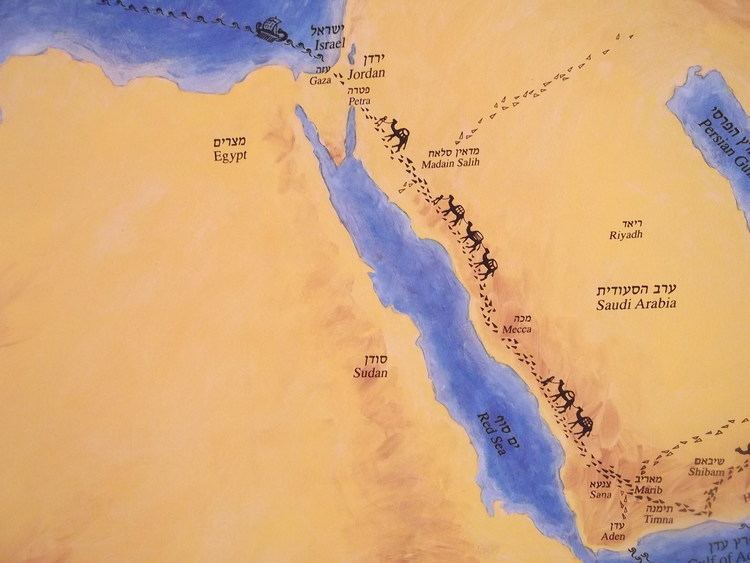
Aromatics from Dhofar and luxury goods from India brought wealth to the kingdoms of Arabia. The aromatics of Dhofar were shipped out from the natural harbour of Khor Rori towards the western inhospitable South Arabian coast. The caravans carried these products north to Shabwa and from there on to the kingdoms of Qataban, Saba, Ma'in, and Palestine up to Gaza. The tolls levied by the owners of wells and other facilities added to the overall cost of these luxury goods.
Greco-Roman bypassing of land routes
The Nabateans built Petra, which stood halfway between the opening to the Gulf of Akaba and the Dead Sea at a point where the Incense Route from Arabia to Damascus was crossed by the overland route from Petra to Gaza. This position gave the Nabateans a hold over the trade along the Incense Route. In order to control the Incense Route from the Nabatean a Greek military expedition was undertaken, without success, by Antigonus Cyclops, one of Alexander of Macedonia's generals. The Nabatean control over trade increased and spread to the West and the North. The replacement of Greece by the Roman empire as the administrator of the Mediterranean basin led to the resumption of direct trade with the east. According to a historian "The South Arabs in protest took to pirate attacks over the Roman ships in the Gulf of Aden. In response, the Romans destroyed Aden and favoured the Western Abyssinian coast of the Red Sea." The monopoly of the Indian and Arab middlemen weakened with the development of monsoon trade by the Greeks through the discovery of the direct route to India (Hippalus), forcing the Parthian and Arabian middlemen to adjust their prices so as to compete on the Roman market with the goods now being bought in by a direct sea route to India. Indian ships sailed to Egypt as the maritime routes of Southern Asia were not under the control of a single power.
According to one historian:
The Roman trade with India kept increasing, and according to Strabo (II.5.12.):
Decline
According to a historian:
At the end of the sixth century Isidore of Seville enumerated the aromatics still being imported into Visigothic Spain. Of aromatic trees (de arboris aromaticis) Isidore listed in his encyclopedia myrrh, pepper, cinnamon, amomum (cardamom?) and cassia; of aromatic herbs (de herbis aromaticis), nard, saffron, cardamom, will have arrived through the trade routes, others were available in Spain: thyme, aloes, rose, violet, lily, gentian, wormwood, fennel and others.
The decline of the incense trade saw Yemen take to the export of coffee via the Red Sea port of al-Mocha.
Following the Roman-Persian Wars the areas under the Roman Byzantine Empire were captured by Khosrow I of the Persian Sassanian Dynasty. The Arabs, led by 'Amr ibn al-'As, crossed into Egypt in late 639 or early 640.
This advance marked the beginning of the Islamic conquest of Egypt and the fall of ports such as Alexandria, used to secure trade with India by the Greco-Roman world since the Ptolemaic dynasty.
Finally, the Ottoman Turks conquered Constantinople in the 15th century, marking the beginning of Turkish control over the most direct trade routes between Europe and Asia.
Present status
UNESCO's World Heritage Committee meeting in November 27, 2000 in Cairns, Australia attached World Heritage Site status to The Frankincense Trail in Oman. The official citation reads:
The World Heritage Committee, headed by Themba Wakashe, recorded Incense Route - Desert Cities in the Negev on UNESCO’s World Heritage List on July 15, 2005. The official citation reads:
